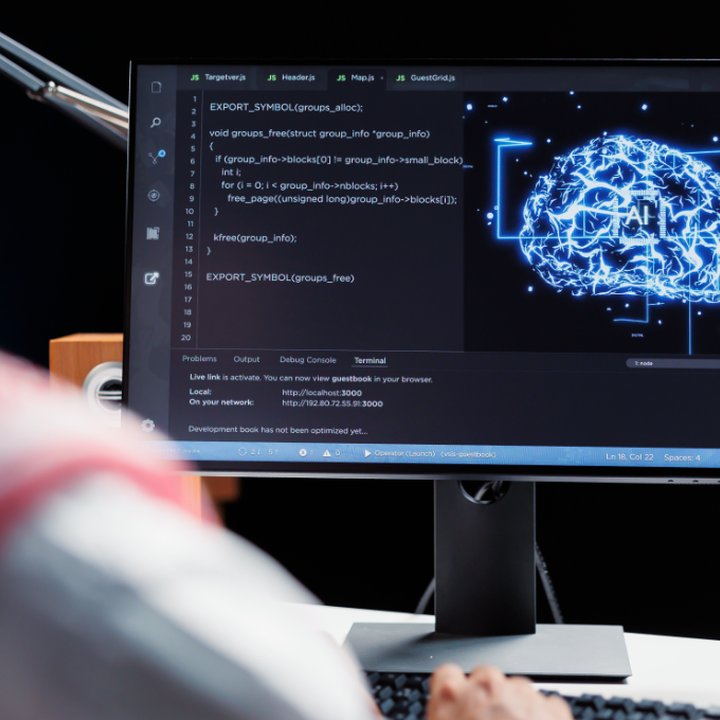Artificial Intelligence in Education: Teachers' Perspectives
The proliferation of artificial intelligence (AI) technologies has ushered in a new era of innovation, impacting various sectors, including education.
April 15, 2024

As AI-based tools become increasingly prevalent, educators are faced with the imperative task of guiding students through this technological landscape.
Before delving into the myriad ways AI can enhance education, it's important to address the fundamentals and associated risks. Educators must educate students on the workings of AI, clarifying that while AI chatbots may appear intelligent, they operate based on data inputs and algorithms, necessitating critical examination of their outputs. Furthermore, discussions on ethics and security are paramount, emphasizing the importance of responsible AI usage and safeguarding personal information.
The utilization of AI in education, exemplified by platforms like Langly, underscores the potential advantages of integrating AI into learning environments. AI holds promise as a catalyst for critical thinking skills development. By tasking students with leveraging AI tools for research and problem-solving, educators can foster analytical thinking and discernment. Through collaborative exercises evaluating the accuracy and biases of AI-generated responses, students gain insight into the limitations of AI and the indispensability of human cognition.

Turning the tables, educators can harness students' curiosity and competitiveness by encouraging them to scrutinize AI-generated content. Whether critiquing essays or fact-checking AI-generated texts, such activities promote active engagement and reinforce the notion that AI, while valuable, is fallible.
By soliciting AI-generated ideas and refining them collaboratively, students hone their creative thinking abilities. Educators, too, can leverage AI as a resource for inspiration when planning lessons, fostering innovation in teaching methodologies.
While AI may serve as a personal tutor augmenting learning outside the classroom, it's essential to maintain a balance between AI assistance and human interaction. In-class writing assignments and discussions remain indispensable for honing communication skills and fostering independent thought, mitigating concerns about overreliance on AI.
